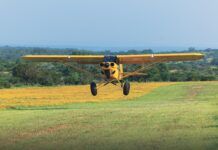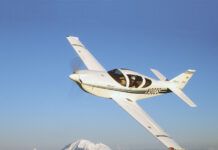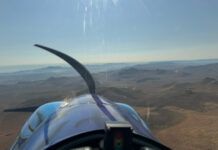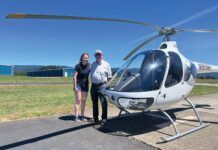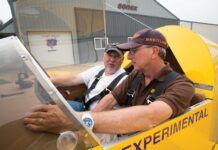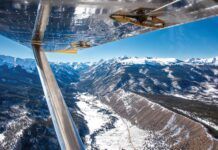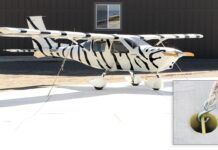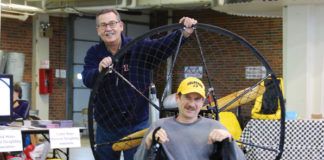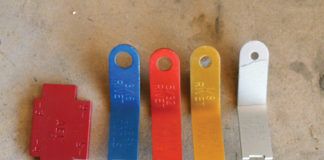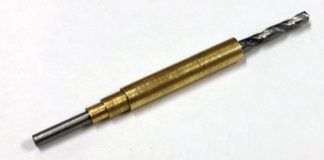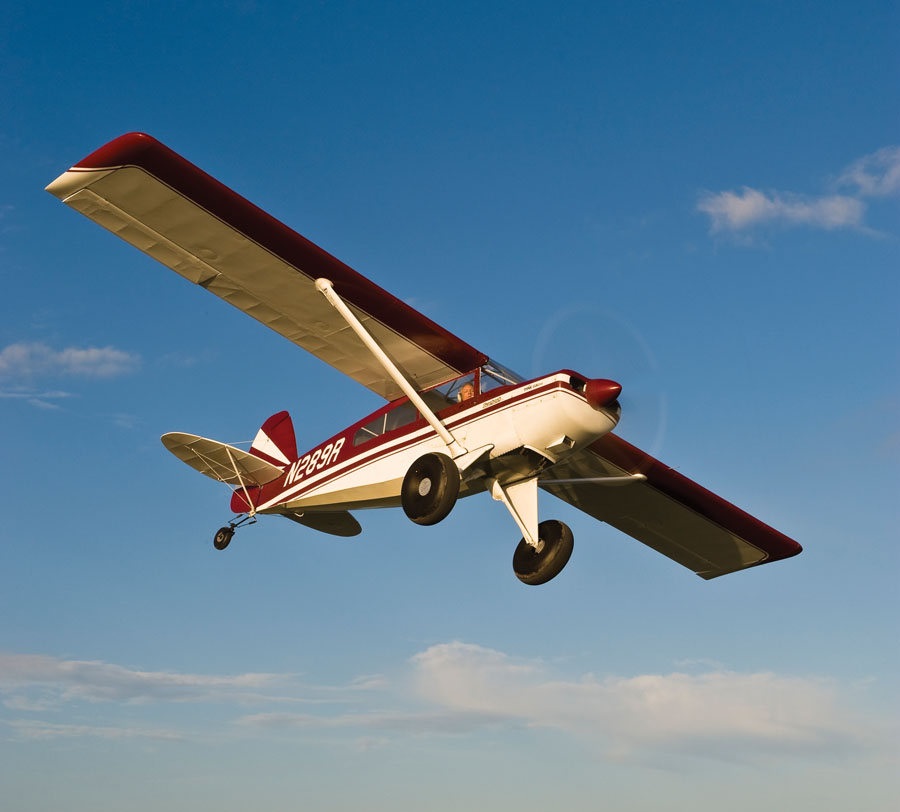
Before you can make an intelligent decision about buying a used E/A-B airplane, you will need to go through the process of selecting a make and model that is well suited to your circumstances. This is the same process you would go through before buying any used, or for that matter, new airplane. Much has been written about this elsewhere, but it is still worth reviewing. Since there is so much ground to cover on this topic, I have split it into two parts. This is part one.
What Is Your Budget?
It always comes down to money, doesn’t it? Well, yes, in the real world it does. How much can you afford to spend to buy and own an airplane? This is a big, important question for you and your family. If you have a growing family or two kids in college, the answer will probably be not very much unless you have a very nice income. It is important to be realistic about this point. As much as we would like to see you get the airplane of your dreams, it isn’t worth ruining your family life in the process.
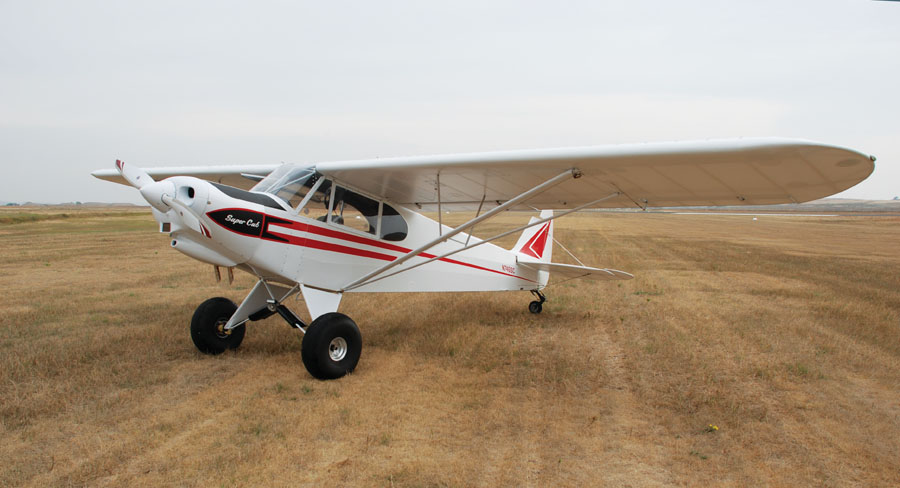
In addition to the purchase price, don’t forget to budget money for travel and delivery costs if the plane you are considering is not located nearby. The cost of a prepurchase inspection should also be included. Lastly, have something in reserve for surprises after you get your new-to-you airplane home. Surprises, of course, do not mean finding a stash of hundred-dollar bills in the seat cushions. They are much more likely to be things you didn’t expect that cost hundreds or thousands of dollars to fix.
In a perfect world you would not buy a plane that required you to borrow money to get it. That may seem pretty harsh, but you must understand that buying a plane is just the beginning of your cost calculation. After that you must factor in hangar or tie-down rental, maintenance costs, fuel, property tax, and insurance. If you are really stretched to get your plane, where will you get the money to cover ongoing costs? A partnership may be a viable solution, but that has its own set of concerns that must be carefully considered.
The bottom line is that you need to be realistic—meaning conservative—about your budget, especially if airplane ownership is going to be a new experience for you. Things have a way of costing more than you think. If you are going to have to borrow money to make that plane yours, be sure that you and your lender are on the same page when it comes to age, condition, price, and loan amount before you get too deeply involved in the purchase process.
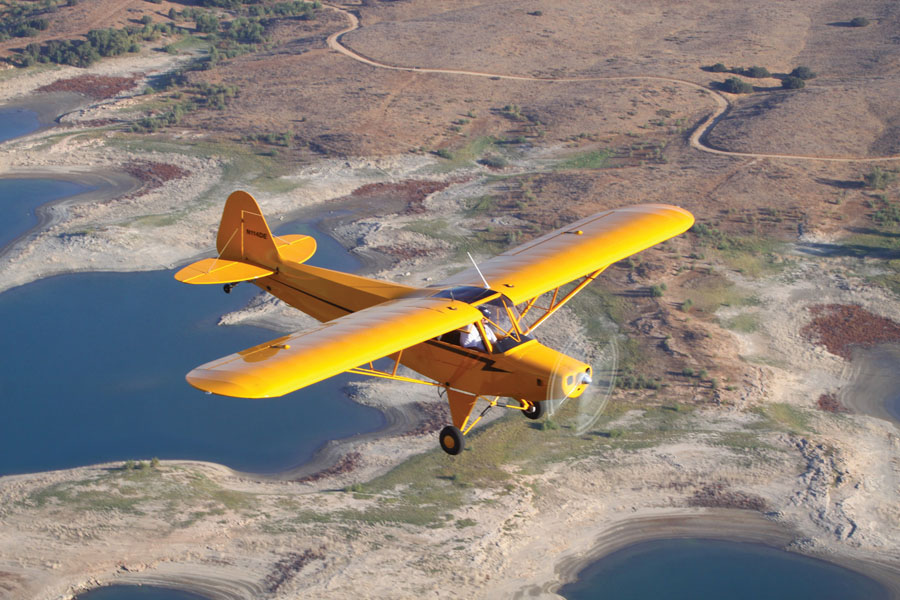
What Is Your Mission?
You should focus on a plane that meets 90% of your anticipated flying needs. That is pretty standard advice for anyone buying any type of airplane. Unless money is truly no object, it doesn’t make a lot of sense to buy a plane that will handle the most demanding trip you ever plan to take, especially if that trip is something you have never actually taken or will occur at most once in your lifetime. It is much more reasonable to find another way to complete such a trip and use the plane you own for the vast majority of trips that are less demanding.
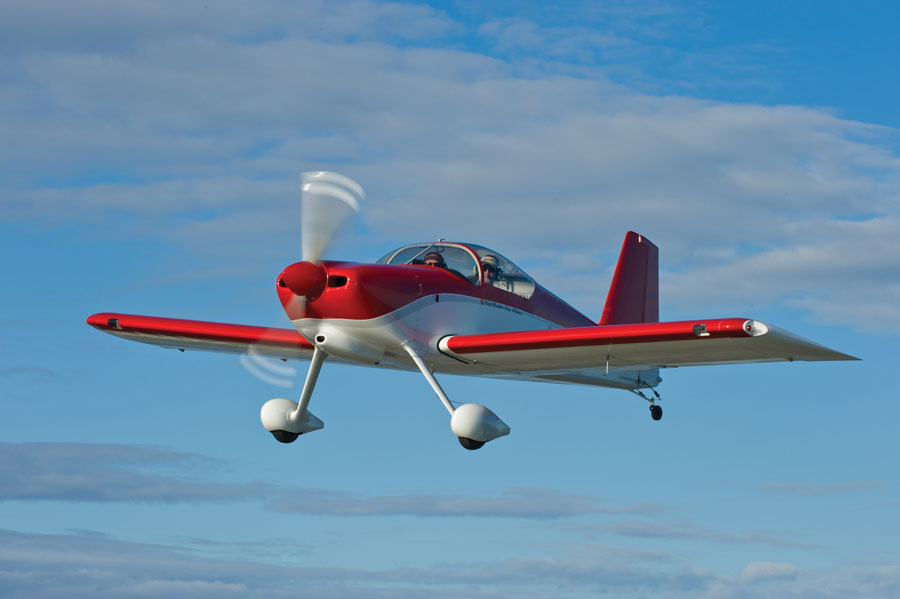
That said, it is certainly true that you just can’t rent certain types of planes. If that is the case and you are really certain that you want the ability to make those specialized kinds of trips, then get what you need to make you happy. Just think it over before you spend your hard-earned money. Too little rational thinking can get you in a lot of trouble, but too much of it can deprive you of some great joy. Everyone has to decide for themselves how to strike that balance.
It is easy for peer pressure, unrealistic dreams, or ego to unduly influence your purchase decision. For instance, many buyers, especially of E/A-B airplanes, think they want a taildragger, even if they have little or no need for, or experience with, such planes. The proliferation of taildraggers among E/A-B airplanes strongly suggests that this is the case. The truth is most people do most of their flying from the same kinds of airports they learned to fly from. Those would be airports with nice paved runaways. If you want a taildragger for this kind of flying, more power to you, but no one needs a taildragger to fly out of paved airports.
Another way a potential plane buyer can go astray is focusing on a specialized airplane when most of their flying is not of a specialized nature. A good example would be a Super Cub, a great bush plane available in a number of E/A-B forms. If you really are going to do a lot of backcountry flying in and out of grass and dirt strips, it is hard to think of a better choice. But if you are really going to mostly fly out for $100 hamburgers to a local paved airport and take the occasional cross-country trip, you may want to consider something else. Remember that specialized airplanes tend to do one thing really well and other things not so well. Be realistic about your flying, and get something that matches your typical mission.
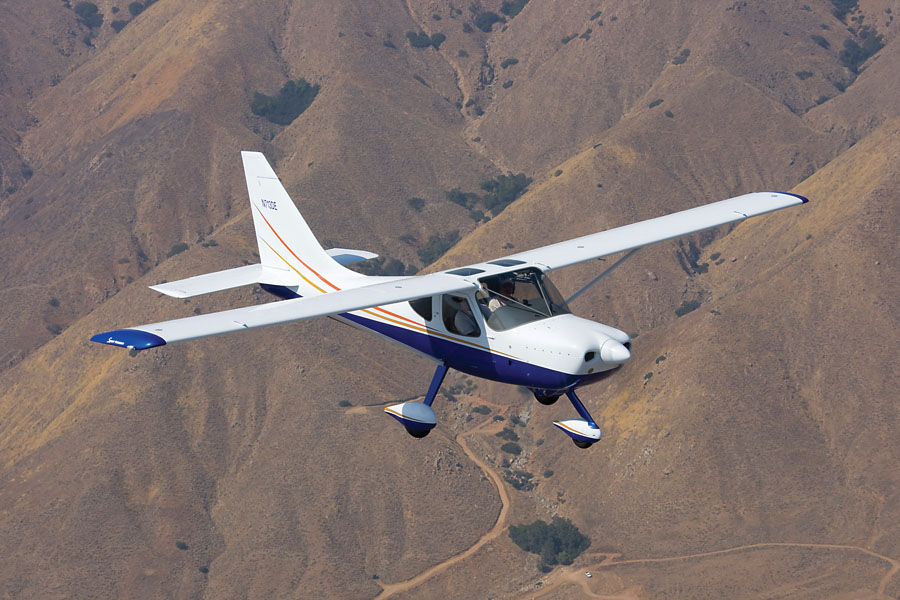
What Is Your Flying Experience and Skill Level?
It is smart to match your flying skills and experience to the plane you intend to buy. That doesn’t mean that you can’t stretch that a bit, but it is important to give this some serious thought. For one thing, if you aren’t, your insurance agent will probably bring you back to down to earth pretty quickly with an outrageous quote for insurance or a flat denial of coverage. In other words, if you are a newly minted private pilot with 100 hours in Cessna 172s, don’t expect to be insurable in a Lancair Legacy at any cost. It is too big of a step for the insurance company and too big of a step for you. You will need to work your way up to that level of performance.
A move from a Cessna 172 to a Glasair Sportsman would be a nice step up that would be easy for you and your insurance agent to take. Similarly, an RV-7A (tricycle gear) will likely be well received. These are just a few examples. Just as with certificated airplanes, the more complexity and performance you seek in an experimental airplane, the more experience and training you will need to be prepared for the transition into a new plane. If you are light on experience and training, get something that is easy to fly and build some time. Also take advantage of whatever you are flying now to get training whenever you can, an instrument rating being a particularly useful thing to acquire as you strive to move up into higher-performance airplanes.
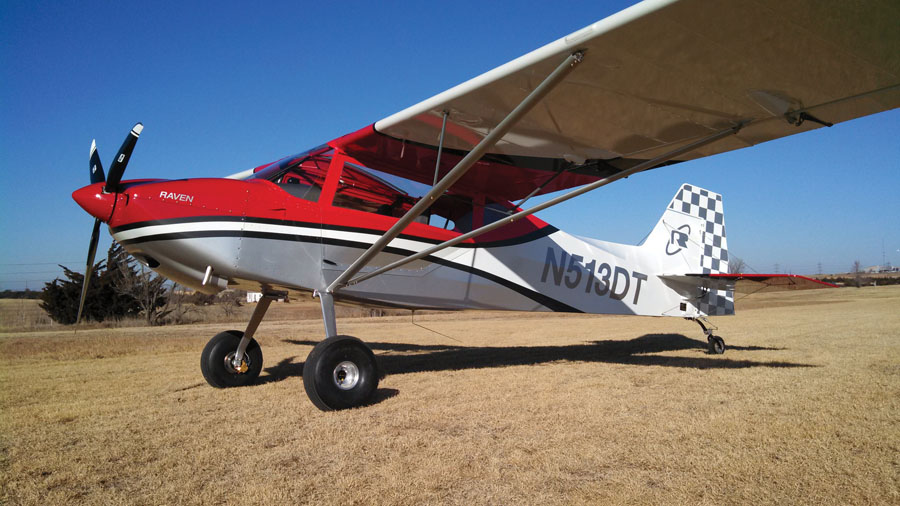
If you are determined to get an airplane that is a big jump up from where you are now, get some extra training in a certificated airplane first to better prepare yourself. Such things as a tailwheel endorsement, an instrument rating, a high-performance endorsement, or a complex endorsement are usually readily available from a local flight school. Of course, getting these in your new plane has a lot of appeal and certain advantages, but it may not be an option. For one thing, the pool of available instructors that will teach in experimentals is definitely smaller than the pool available for instruction in certificated airplanes.
Another point to consider, especially if you expect to get instruction in your experimental airplane, is how it is equipped for the instructor. A number of planes do not have right-side or back-seat brakes. Some instructors are not comfortable with this, especially for tailwheel training. Some planes do not even have rudder pedals in the back seat. For example, many RV-4s and RV-8s are not equipped with rear-seat rudder pedals, and almost none have rear-seat brakes.
Primary training is a special case for any airplane buyer, and if you are looking to get primary training in your experimental airplane, you will face similar challenges. Just to be clear, primary training means teaching someone how to fly who does not currently have a pilot license. This may be you or your spouse or partner in the plane. If you expect anyone to receive primary training in your experimental, you need to get one that is well suited for that task. That means it needs to be a simple, two-seat airplane that is well equipped for the instructor with complete dual controls. Even then you may have some trouble getting insurance, and you will likely be unhappy with the added premium, but coverage should be available. Does that mean no taildraggers? No, but again such a choice will impact the insurance premium.
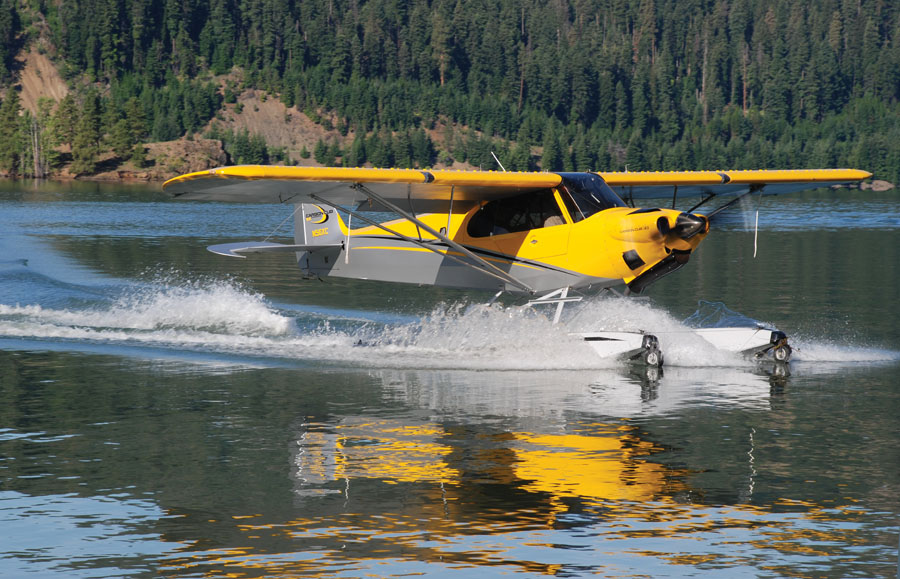
Insurance
Insurance considerations have already slipped into the conversation, but let’s take a more focused look at the question. Most people want and need insurance, so going without is generally not a good option, unless you have a great deal of money and are way more familiar with your attorney than most people want to be. So how hard is it going to be to get insurance on the experimental plane you want to buy? Generally speaking, not that hard, but there are some caveats. As we said before, your experience and training need to match the complexity and performance of the plane you are considering. If there is any doubt about what that means, call an insurance agent that specializes in experimental airplane insurance. The EAA can help with this, and there are other options. Talk to people who own experimental airplanes. Most of them will have someone they can recommend. Owner/builder groups are another great source of information. They will know agents who specialize in the type of plane you are considering.
There are some basic things you will need to think about that apply pretty much across the board when it comes to experimental airplane insurance. The bulk of the cost is for hull coverage, in other words, the physical airplane that may be damaged or destroyed in an accident. The higher the insured hull value, the higher the premium. One way to save money on insurance is to skip hull coverage and just get liability coverage. This saves a lot of money but exposes you to a lot of risk. If you roll your plane up into a ball, you will not get any money for it if you do not have hull coverage. Some people are OK with this, but most aren’t.

Some types of planes are very expensive to insure. Seaplanes are a good example. Anything that lands on water and flies is considered high risk by insurance companies. That is because there are hidden hazards in water that can be hard to avoid and because any accident in water will likely submerge the plane and thereby render it a total loss. This is similar to the problem that Cirrus airplanes have because of their ballistic recovery parachute system. Deploying the ‘chute saves lives, but it renders the airframe unusable.
Retractable landing gear also adds insurance costs because people forget to put down the landing gear and thus damage their planes. The worst case of this is with amphibious seaplanes. Landing on water with the gear extended will result in an instant disaster, flipping the plane over and almost always seriously injuring or killing the occupants. Here is a flavor of how the insurance premiums increase for seaplanes. If a basic airplane on wheels costs $2,000 to insure, it may cost three times that to insure it if you put it on straight floats. If you put that same plane on amphibious floats, the premium could jump to something like $15,000 per year. This will vary greatly with the pilot’s level of experience and loss history. Just be prepared to be shocked at the high cost of insuring a plane on floats.
Other planes that are hard to insure are planes that no longer have someone making parts for them. These so-called orphan airplanes can usually still be repaired but at a considerably greater expense. Owner/builder groups formed around these planes that no longer have factory support can often help solve this problem, but not always. Do your homework. Insurance can include some ugly surprises for the unwary. It is surely better to find out before you buy that airplane you’ve been looking at, rather than after.
Transition Training
The best thing you can do to minimize the cost of insurance for any plane you are considering is to get some time in that type of airplane. If possible, go flying with someone who owns a plane similar to the one you are considering. They may not let you land their airplane, but they might let you fly it for a while. Log those hours and seek out more such opportunities. Try to find an instructor with a LODA (see sidebar) who will give you actual transition training in his or her airplane. You will go a long way toward impressing an insurance company if you can show them 10 hours in the same make and model, or a signoff from a flight instructor for that type of airplane.
So, who needs transition training? Well, just about everyone who is moving from one type of airplane to another, and that means either up or down the ladder of performance and complexity. Yes, a Bonanza pilot with 3000 hours needs transition training to move into a light, sporty airplane, just as much as an RV-6 driver would need training to move into that Bonanza. There are marked differences in how planes with light wing loadings fly compared to their heavier and more highly loaded brothers. Good transition training can help avoid a lot of bent metal and worse.
That’s all for this month. Next time we’ll cover the following topics to get a more complete picture of what you should be thinking about when deciding which model of experimental to buy to suit your flying needs: fly before you buy, factory support, engines, Light Sport, and summing it up.

